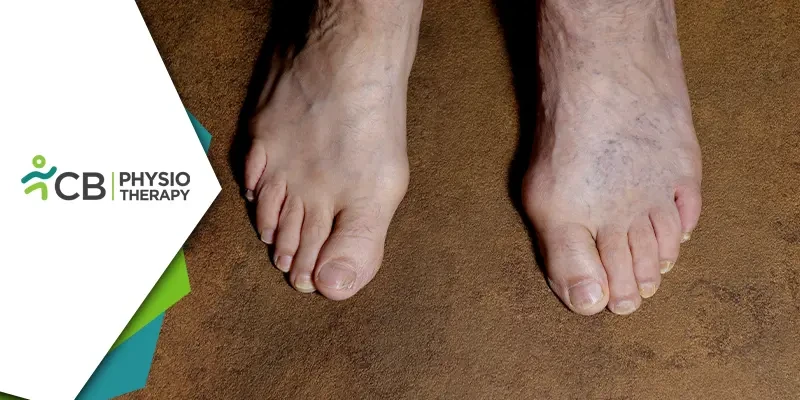Gangrene is a serious medical condition that occurs when body tissues die due to a lack of blood supply or a bacterial infection. It is a critical condition that requires immediate medical attention to prevent further complications. In this blog, we will delve into the causes, symptoms, and treatment options for gangrene, with a focus on the role of physiotherapy in its management.
Understanding Gangrene
Gangrene can develop due to various factors, including lack of blood supply (ischemia), known as dry gangrene, and is often caused by conditions such as diabetes, peripheral artery disease (PAD), or atherosclerosis, which restrict blood flow to certain parts of the body, bacterial infection, when bacteria invade injured or dead tissues, it can lead to a rapid spread of infection, resulting in wet gangrene. This type of gangrene is often associated with conditions like diabetic foot ulcers or traumatic injuries, trauma or injury, severe injuries, burns, or frostbite can damage tissues and disrupt blood flow, increasing the risk of gangrene. The symptoms of gangrene vary depending on the type and severity of the condition. Common symptoms include discoloration, the affected area may appear red, blue, black, or brown. Patients may experience severe pain at the site of gangrene, especially during movement or when pressure is applied. Swelling and inflammation may occur around the affected area. In cases of wet gangrene, a foul-smelling discharge may be present due to bacterial infection and the skin may become shiny, glossy, or tight due to tissue damage.Treatment of Gangrene:
Role of Physiotherapy in Gangrene Management:
Prompt treatment is essential to prevent the spread of gangrene and save the affected tissues. Physiotherapy plays a crucial role in the management of gangrene, especially in cases where surgical intervention is required. Here are some ways physiotherapy can benefit patients with gangrene:1: Pain management: Physiotherapists use various techniques such as manual therapy, therapeutic exercises, and modalities like heat or cold therapy to help alleviate pain associated with gangrene.
2: Mobility and function: Gangrene can significantly impair mobility and function, especially if amputation is required. Physiotherapists work with patients to improve strength, range of motion, and functional abilities through tailored exercise programs and mobility aids.
3: Wound care: Physiotherapists play a crucial role in wound care management, including dressing changes, wound debridement, and monitoring for signs of infection.
4: Edema control: Swelling and Edema are common complications of gangrene. Physiotherapists can employ techniques such as manual lymphatic drainage, compression therapy, and elevation to reduce swelling and improve circulation.
Gangrene is a serious condition that requires prompt medical intervention to prevent further tissue damage and complications. Physiotherapy plays a vital role in the management of gangrene by addressing pain, mobility issues, wound care, edema control, and patient education. By working collaboratively with other healthcare professionals, physiotherapists help optimize outcomes and improve the quality of life for patients affected by gangrene. If you or someone you know is experiencing symptoms of gangrene, seek immediate medical attention to prevent further complications.

